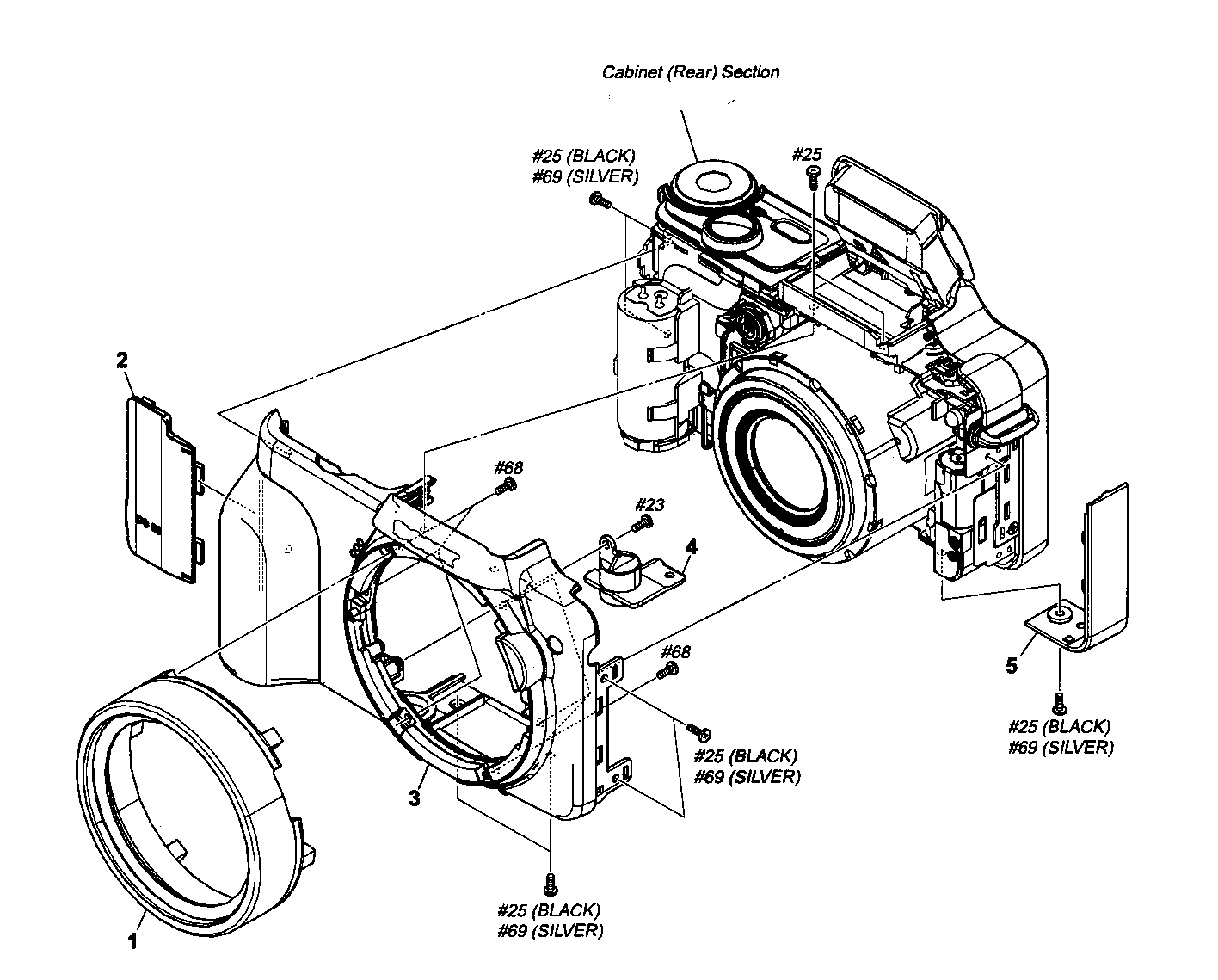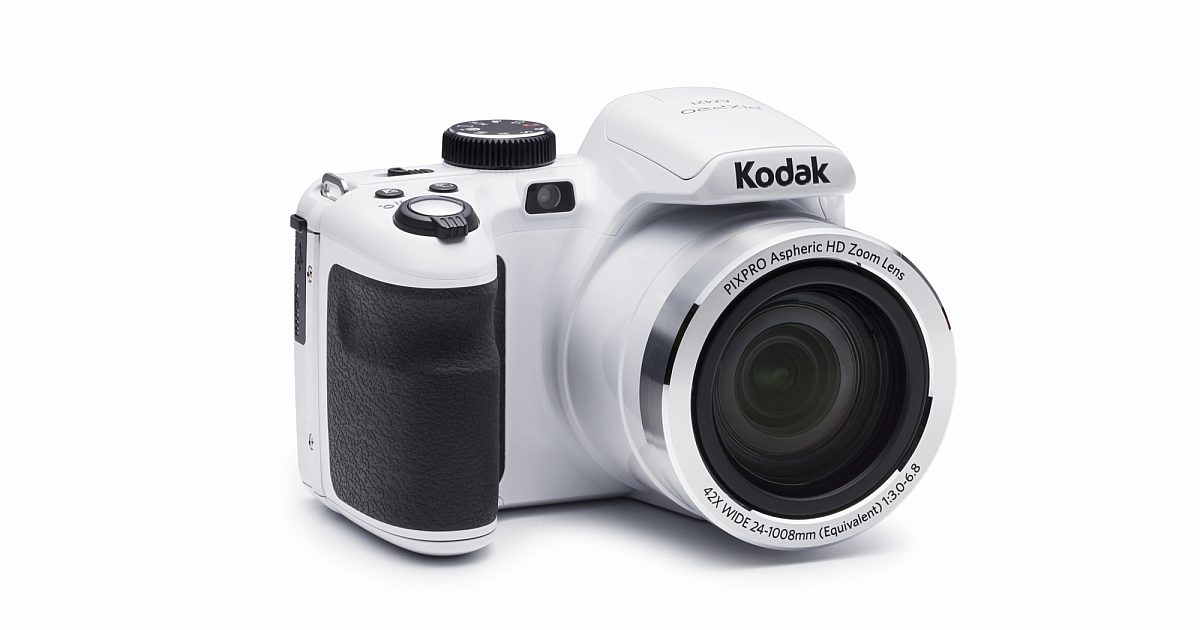ARCTURUS
DIGITAL CAMERA DESIGN
SEARCH: LIBRARY of CONGRESS SUBJECT HEADINGS

TECHNOLOGY - TR
SUBJECT EXPERTS I
SUBJECT EXPERTS II
RESEARCH GUIDES
DIGITAL CAMERA NEWS
Program Development
The design/manufacturing process must be well understood at the macro level by the facility planning and engineering team to ensure that an appropriate design concept is developed that is intergrated with manufacturing needs. Hiring a consultant(s) should be considered.
Design Aspects
The primary aspects of digital camera design are: Aperture , Lens , Shutter, Shutter Trigger , Button Interface , Digital LCD Display , Image Sensor, Viewfinder, and Inbuilt Flash. The various design aspects are joined together to form a coherent ergonomic device.
Design Constraints
Expertise with both hardware / software is needed to optimize design metrics for a given application. Flexibility is essential should the need arise to change the functionality of the system without incurring additional non-recurring engineering (NRE) cost.
Design Optimization
Digital camera manufacturing projects require the expertise of research/development personnel to initiate the automation process. Once the process is engaged, the technical aspects of implementation are supervised by different teams comprised of automation / electrical / engineers along with technicians to assure synchronization of the processes.
Computer Designed Camera
Innovative digital camera design(s) and illustration(s) may be achieved using AutoCAD or any commercial computer-aided design and drafting software application. Camera schematics and high-frequency HDI PCB layouts with interdisciplinary coordination with optics / thermal design drawings facilitate transition to the automated production process.
Design Process/Simulation
Through the use of simulation, electrical / mechanical engineers can quantify the effects of individual digital camera components on system performance along with image quality. This analytical / computational approach can be useful to allow engineers to use a spectral image processing algorithm in order to simulate the radiometric properties of a digital camera.

